3D Printed Bubble Wands : 10 Steps (with Pictures) - woodruffthamot
Introduction: 3D Written Gurgle Wands
I was blowing bubbles with my daughter the other twenty-four hours (well, she hasn't gotten the blowing voice yet so it's mostly me blowing them for her) and thought information technology would be fun to design and 3D mark some of my own. Particularly ones she would enjoy such as a midget gondola. I ended up designing a brace that just incorporates simple circles, Mickey Mouse, a car, a treetop, and a Pokeball. These are precisely fun for general use but they could also live important personalized pull the leg of's birthday company favors.
Don't have any burp answer? Make your have! Here is my recipe, the secret ingredient is xanthan gum :)
This isn't a sunrise affair. Many an people have configured and print bubble wands before including Satchel Paige Russell and Autodesk Gallery Workshop, only I wasn't going to let that stop me. To set myself apart, I decided to add the little ticks on the blueprint that you see on orthodox storebought bubble wands. These ticks are there, from my understanding, to arrest more bubble solution on the verge allowing you to blow many bubbles before you have to magnetic dip it in the solution once again. I hope you enjoy these designs and are inspired to pee your own. If there is any early files Oregon information I can supply to make that easier, let me know.
Remember, disregardless the shape of the bubble baton, the bubbles volition always be spheres. Though, if you wealthy person multiple holes, much as the Pokeball and Mickey Mouse, you are going to vex mostly bubble clumps and if you have one yap, such as the auto and pate, you are more likely to get one big bubble.
Instructable 309
Step 1: Supplies
I'm going to get in the designs a lot for the next few stairs (since that's what 3D printing is all astir) but you nates skip around to what relates to the design you want to create.
Here are the files for the designs I created victimisation the techniques talked about in the next steps.
For this send off, whol you demand is your 3D Printer, Filament you want to use, a slicer for impression, and ripple solvent. I printed mine in the color I wanted since I have a miscellany, but you could also print them all in one color and nebulizer paint them. I don't real recommend sanding them as you don't want to tear off all the ticks. You could Baroness Dudevant the handgrip if you sought-after, but it should be pretty smooth because of the designing.
If you are scheming your own, I suggest Tinkercad.
Maltreat 2: Design
While I used Silhouette Studio apartment for some parts, the majority of bubble wand designs were created using Tinkercad.
To start, you can innovation the part you'll keep down onto. I wanted it smooth so I made it from a Cylinder and Torus.
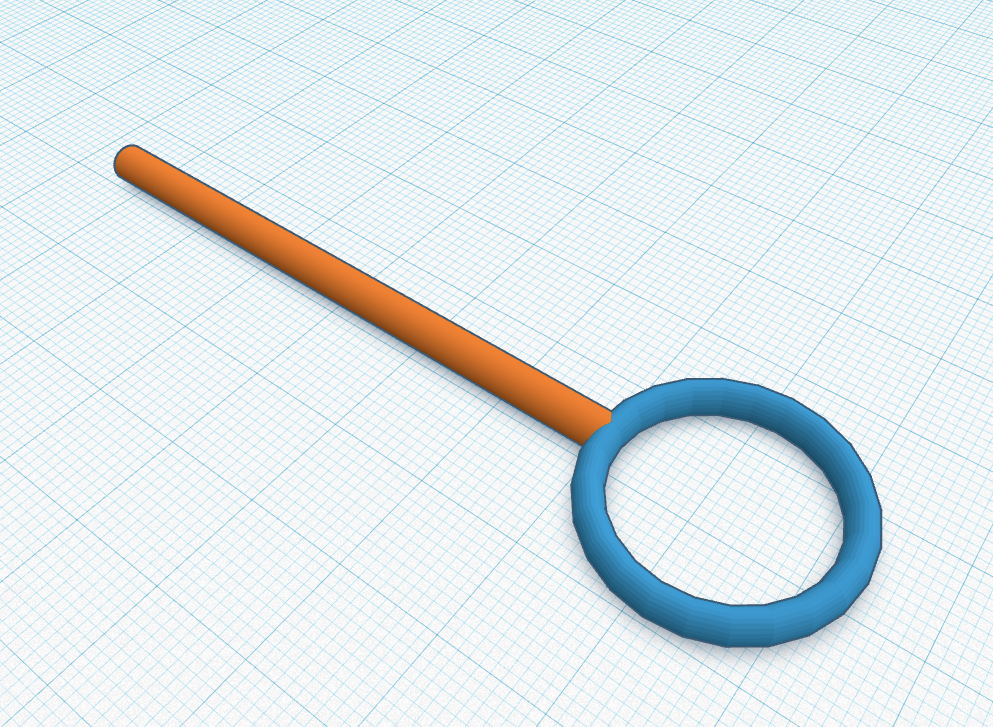
I'm going to show how I did one of the more complicated designs, the railroad car.
I used Silhouette to make the shape outline and then brought it into Tinkercad. You need to do an countervail to gravel the right physical body, and I was able to bash this easy with Silhouette. If you do a shape like a surround or square, you buttocks just use the same shape but smaller to create the outline.
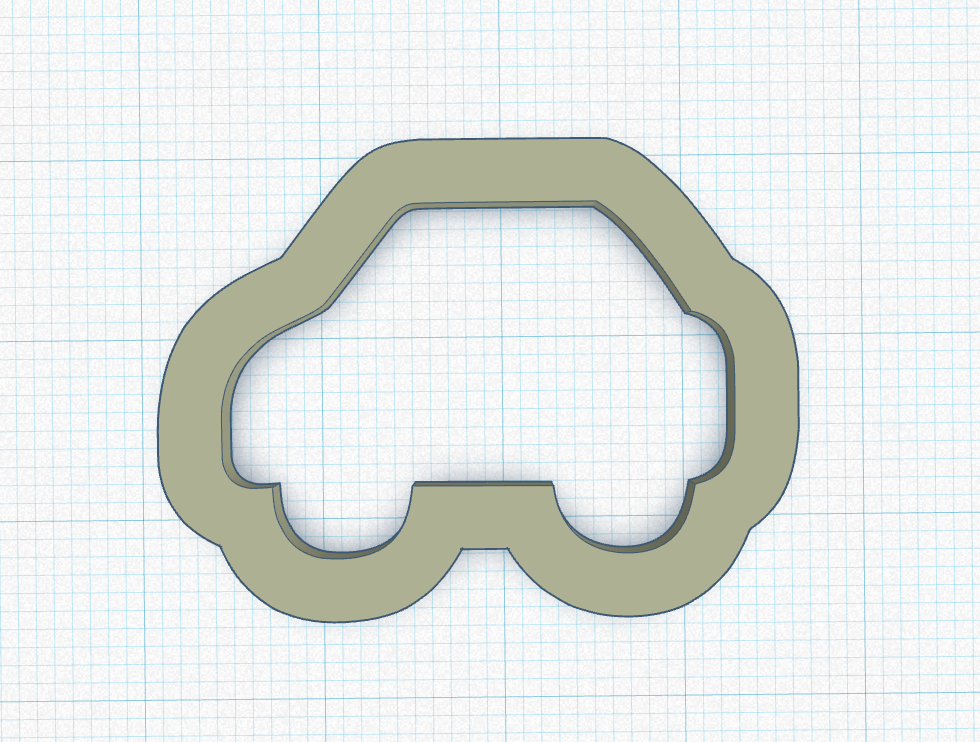
I welcome to make a point it was fairly midst going round and then it is about 3mm large. I distinct the ticks going around IT would be 3.70mm thick so I made the design 1.70mm thick and was 1.1mm functioning from the surface of the workplane. This meant for my final print, there would be 5 layers with just the ticks, 8 layers of the design, and then 5 more layers of the ticks sticking up (18 layers total)
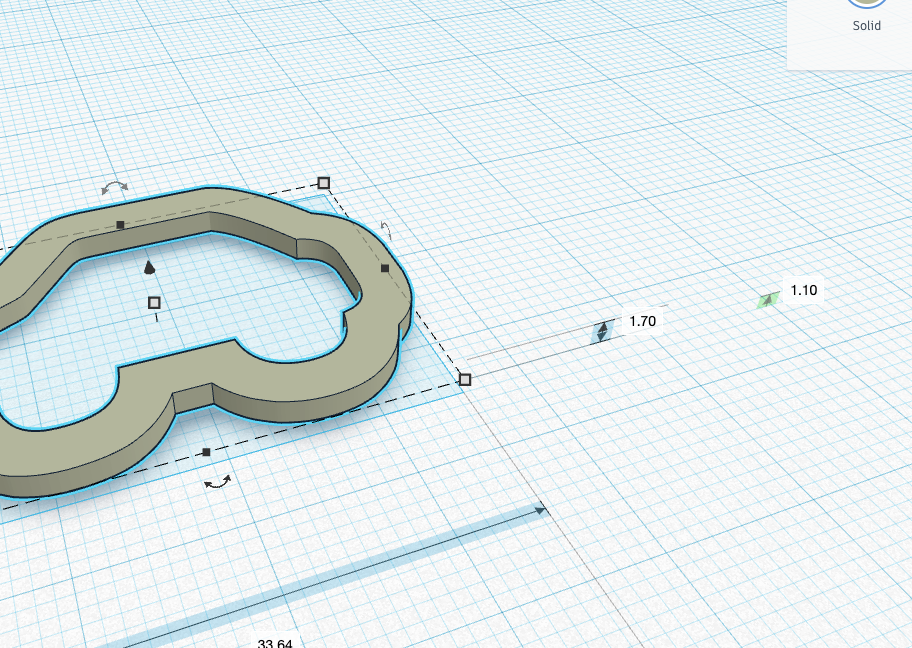
Now we necessitate to make a cutout so we tail remove all the excess of the ticks when we are done. I did this now and then moved IT below the workplane until I needed it. Start by duplicateing the shape in the same size and line it astir with the other; IT HAS to be in the exact same stain. Move this second one below the workplane thusly you buns encounter it.
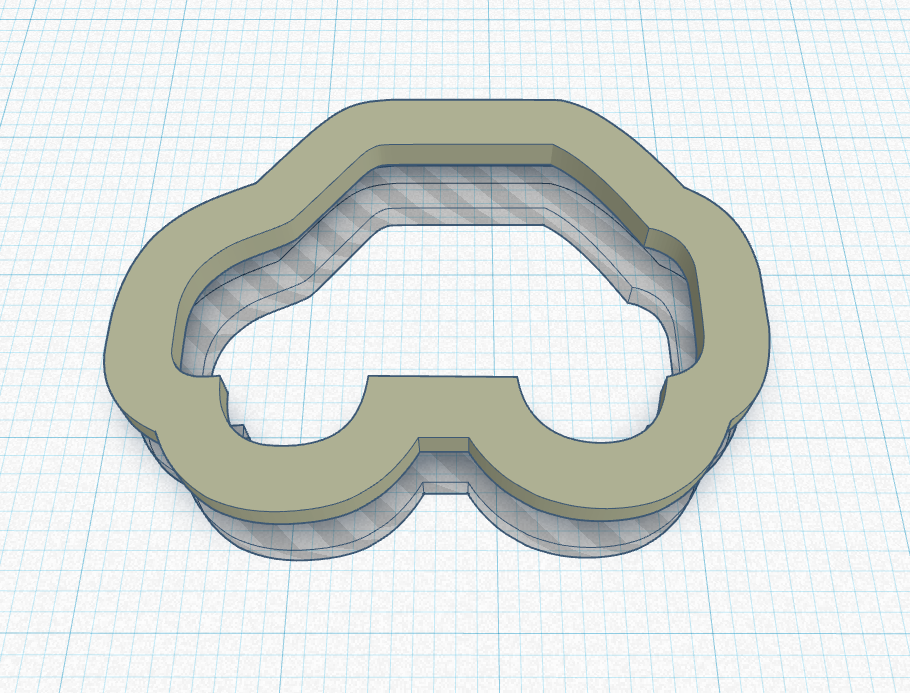
Next, use a large rectangle to split out the shape of the car into. At one time you have that cutout, you sack turn it into a hole and now redeem this until you are done.

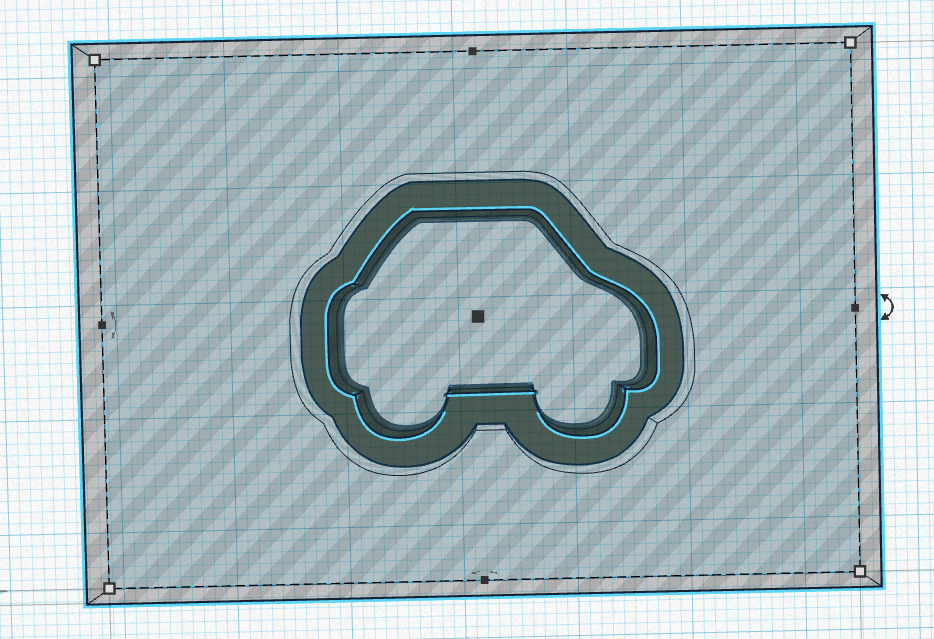
Time to add the ticks. For a shape look-alike this, I created a rectangle that was 0.80mm wide, 3.7mm tall and and then it needed to be pole-handled plenty to stretchability from inside to outer the frame, so mine were about 7mm. Start copying, rotating, and liner these ticks up each around the shape.
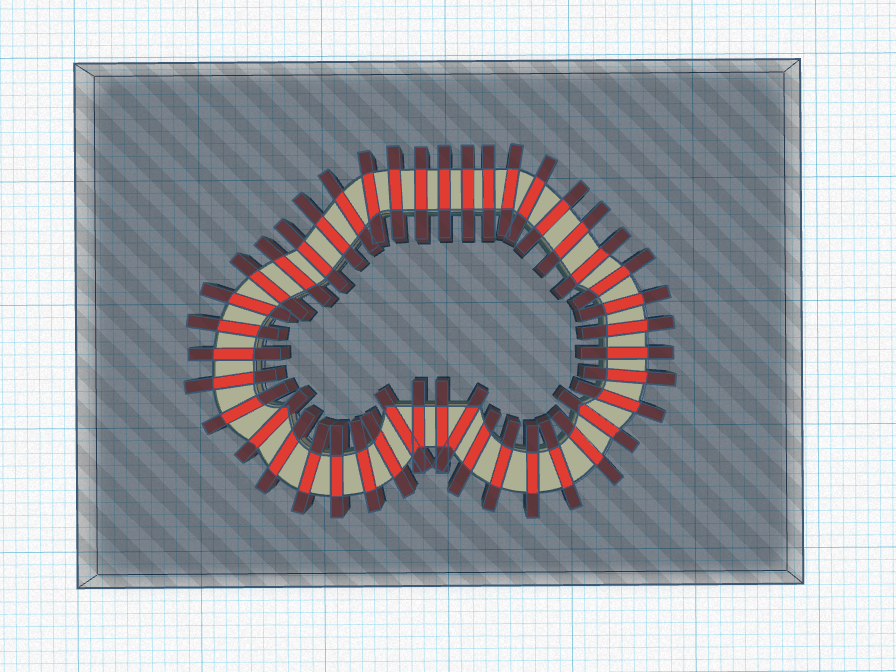
While adding the ticks, keep in mind that you require them to lead the bubble solution towards the wand porta. Significant, you don't want the ticks to convergence midmost. They can convergence in the outside if they ask to.
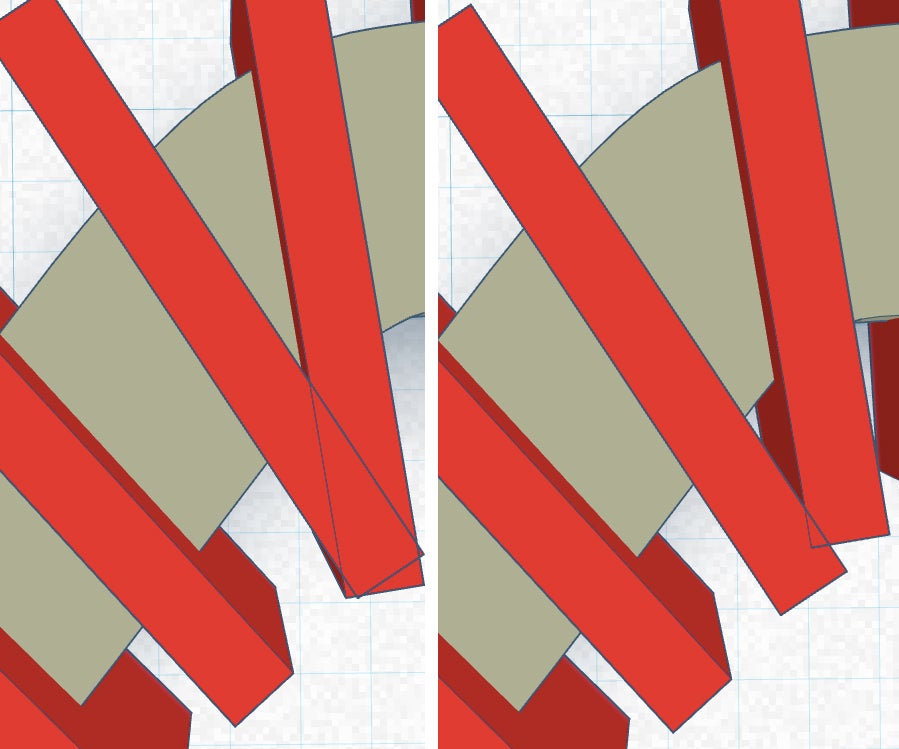
Once you sustain all the ticks in situ, you can bring the cutout up from under the workplane and group IT with your working shape and ticks to make the final bubble wand. As long as it is dead lined up, IT testament just cut bump off the ends of the ticks and pass on them flush with the design.
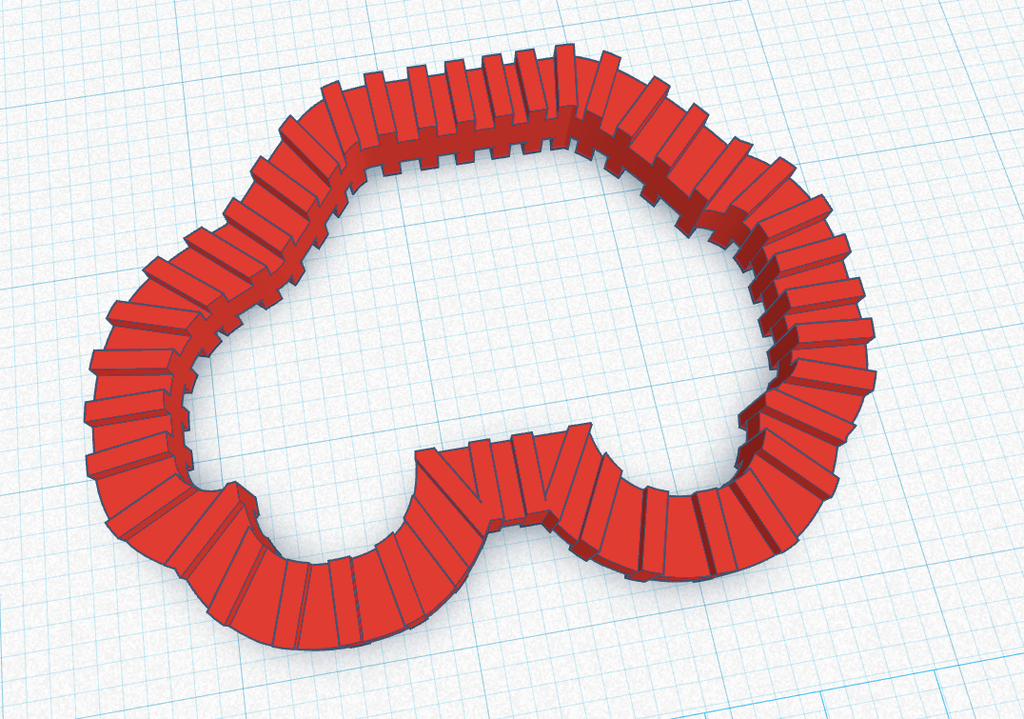
With the treetop you can see how I desirable to quash cut the flow of babble solution to the middle of the plan. Another thing to keep in head is that you want to try to have these ticks be at corners as this will helper information technology print. I didn't overtake all the corners of the crown, merely I well-tried to get those I could while still qualification the final burble wand look nice.
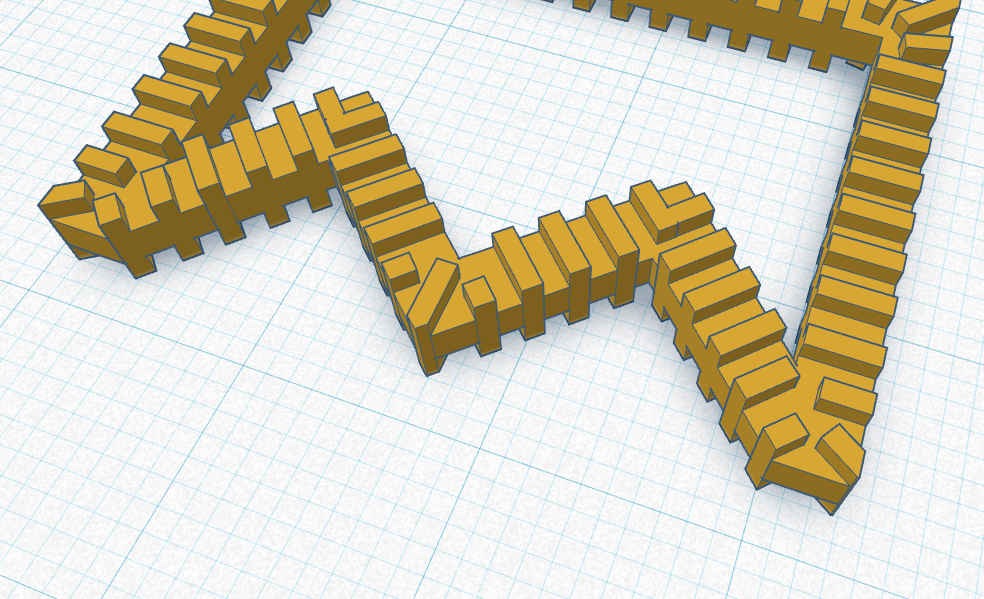
Formerly the excogitation is done, focus it with the stick, group IT all together, and you are good to print!
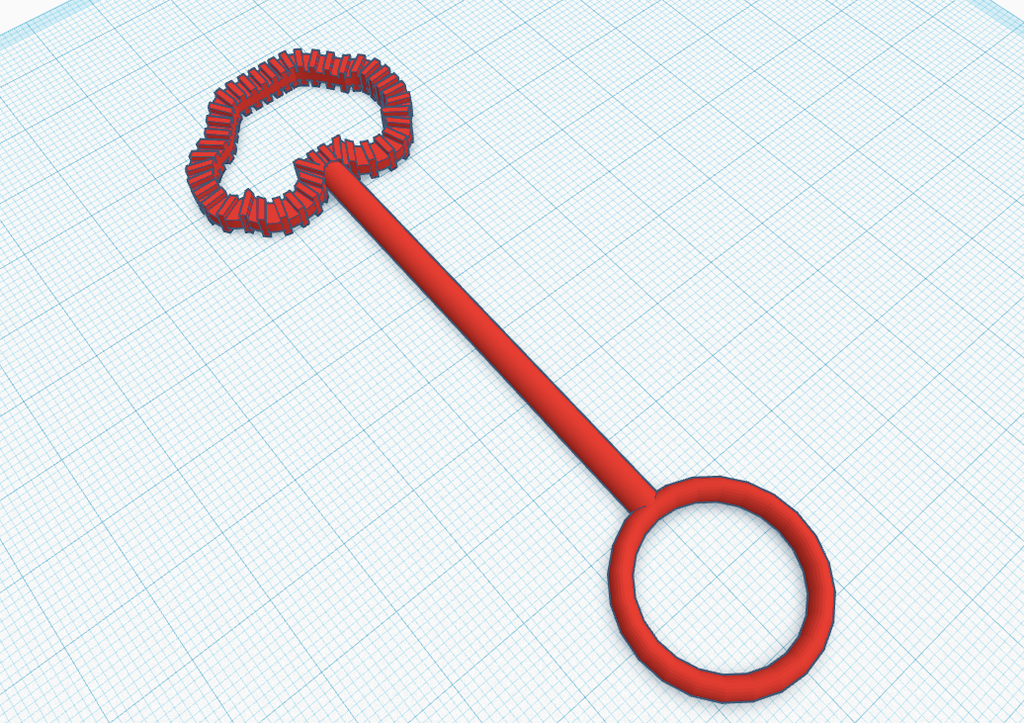
Step 3: Circles
Basic shapes care circles and squares and even straight lines are jolly unhurried to behave.
For circles, you can take over your rectangles and just stretch them across the band/cylinder. Then copy and rotate them around until you have as more as you need. Group everything to interrupt the ends. If you make the rectangles as broad-brimmed as your cylinder, you only need to cut out the center.
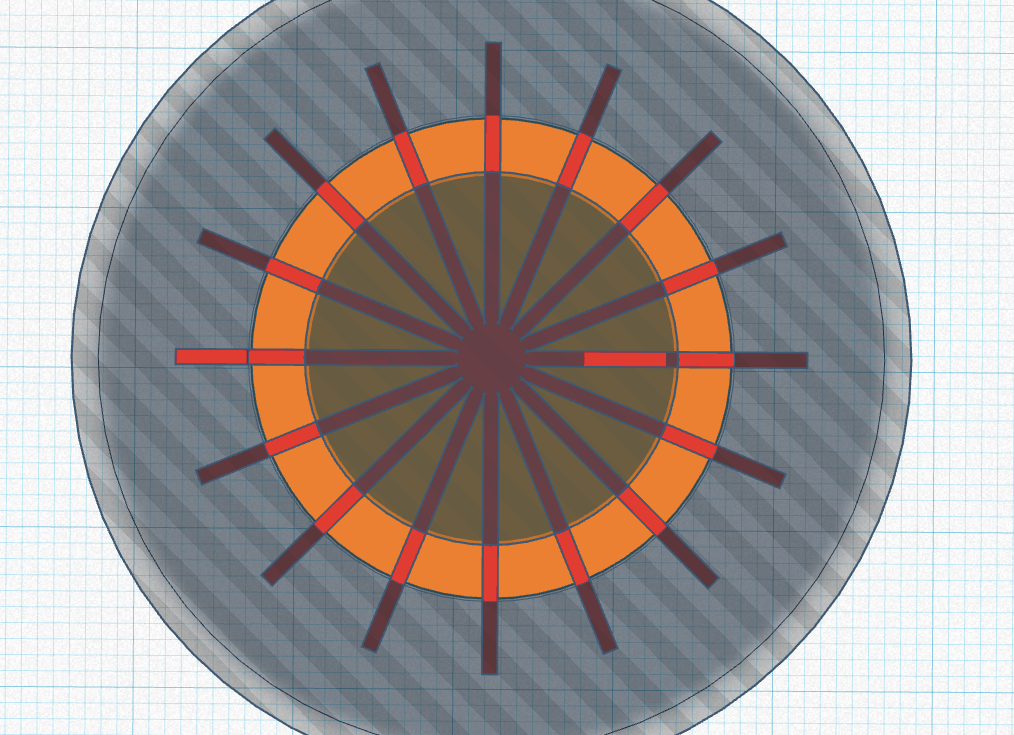


You can create a cutout to cut the inside and outside out operating room if you have a upright line, you rump just make them even as long as you need them.
For straight lines, you tin defecate your ticks the same length and then you don't even up need to trim them. This is what I did for the line across the Pokeball but this can influence for any straight lines.
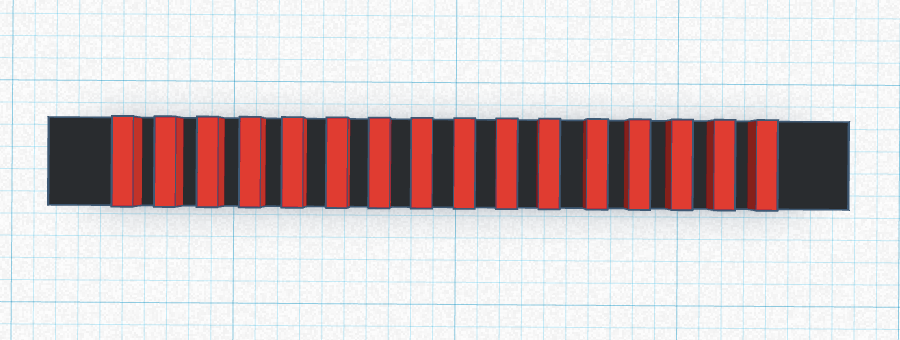
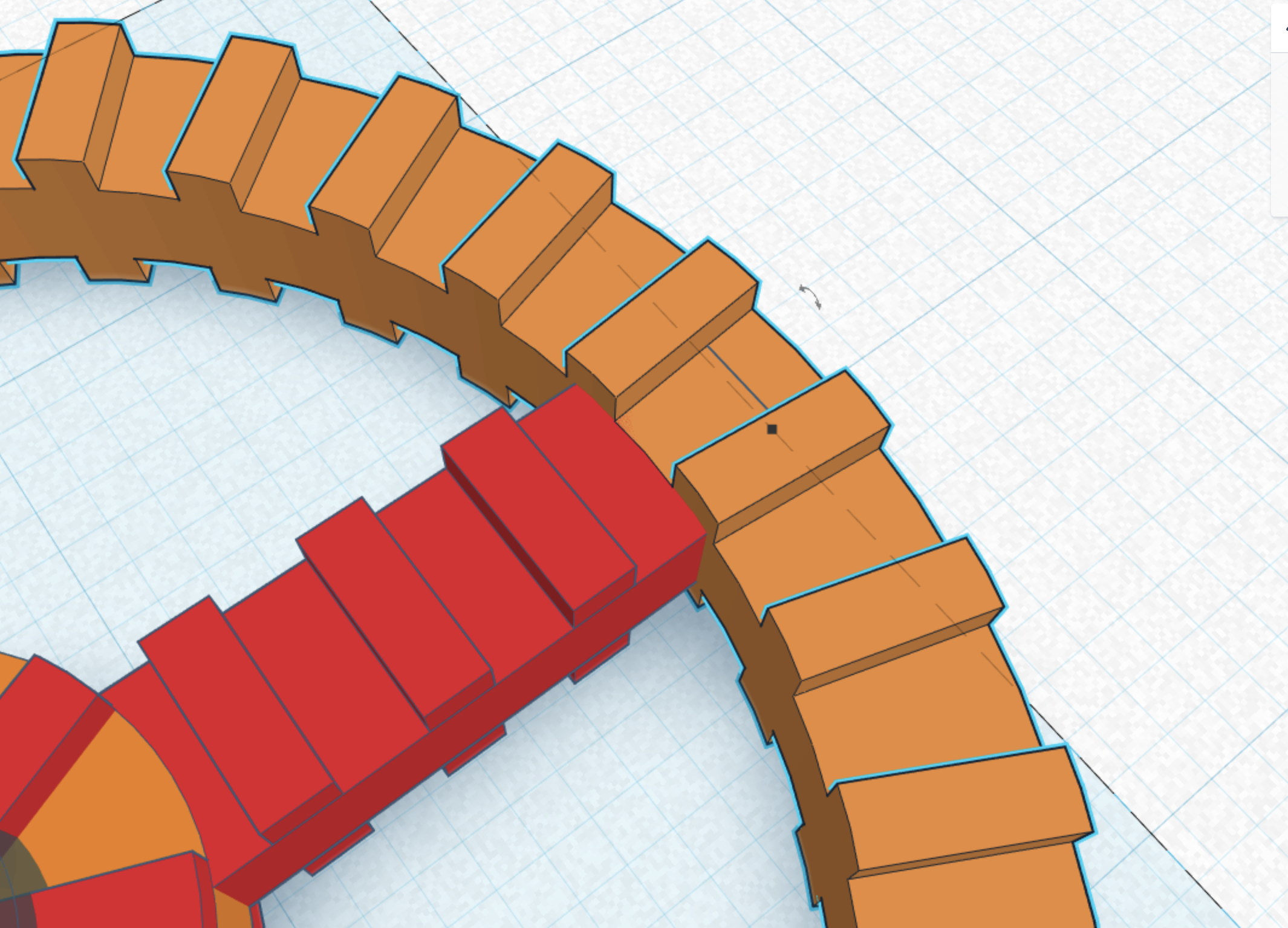
Step 4: Connecting Shapes - Liner Them Up
If you want to associate shapes together, as I did for the multiple circles, I recommend lining up the circles so ticks line up. Makes for a many polished look away and easier print.
Dance step 5: Connecting Shapes - Removing Sections
If you are going to overlap shapes (much precisely liner them up) I recommend carving out ticks that are going to look rum when grouped. You can see this where I added the ears to the head of Mickey Mouse. Since the head was the main shape, I cut out ticks from the auricle.
The final image shows the difference it makes to just veer them out kinda than give them so they overlap.
Step 6: Connecting Shapes - Filling in Gaps
In about situations, you may require to connect shapes and have gaps. It's overnice to fill in those gaps because it makes the final shape look nicer, then you won't let weird small bubbles coming out too.
In these cases, create a shape that testament fit the hole, make them the same thickness, and just group it to fill in the gaps.
Step 7: Slice - to Add a Raft or to Not Add a Raft
Time to slice.
There are different things you need to pay attention to when slice. Because of the ticks, the print will be bridging 'tween them. Make for certain the corners are either covered by having ticks touch them or adding in a bit support. I needed support.
If you can, alter your design to work with the slicing. For the Pokeball, I had some corners exposed but I was capable to just rotate the ticks to get them to parentage up with the corners so no support was needed.
Another thing you might deman is a Raft . Sometimes I needed one and sometimes the print got every last messed up when I utilised it. For Pine Tree State, I needed it for Mickey Shiner, but all the other designs I was able to print without a raft. For the crown, somehow, it got way messed up when I secondhand a whole sle thus you may demand to experiment with your own designs and see what plant. For my quite a little, I alone did 1 top level and 1 bottom level because I didn't want it to a fault thick.
I as wel altered Speed and slowed it way downwards to 1200 mm/min. And this was with the first layer still printed at 50% of that speed.
Infill I did some 20%. Nothing special at that place.
I upped the Outline Overlap to 35% because I like to induce sure small parts really get filled in, such as the ticks here.
I recommend holding an eye on the first-year few layers of the mark if you rear. If it is going to fail, it should fail early. The little ticks you cause (such as on parts of the crown) the more presumptive it will fail.
Step 8: Changing Colors Betwixt Layers
Something you can play more or less with these babble wands is color ever-changing betwixt layers. I did a couple of experiments to give you an estimation.
Prototypal, you can just change the color halfway through. This gives you a simple uncomplete and half people of colour convert; the Pokeball.
Second, you can start with one color, change information technology when you get to the center project (later the ticks break) and so change information technology again when you irritate the ticks over again; bottom car in the first flic.
Third, you can act the same thing as above, simply progress to the stem of the bubble wand thinner so the center of the conception and the stick are 1 gloss and the ticks are some other; center car in the freshman pic. You motive to use bear out for this method and the stick bequeath be more tenuous because it's thinner.
Omit for the technique with the Pokeball of changing colors halfway through and through, I didn't very like the other methods like I thought I would, but I wanted to show them just in case you do!
Step 9: A Consider the Designs
Step 10: More Pictures
Because I always have more pictures.
Be the First to Share
Recommendations
Source: https://www.instructables.com/Custom-Bubble-Wand/
Posted by: woodruffthamot.blogspot.com

0 Response to "3D Printed Bubble Wands : 10 Steps (with Pictures) - woodruffthamot"
Post a Comment